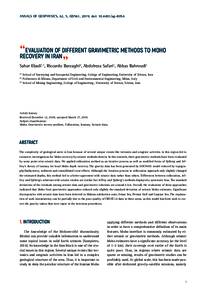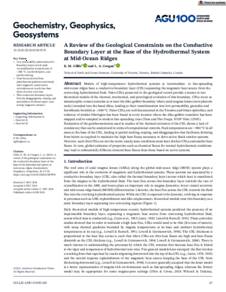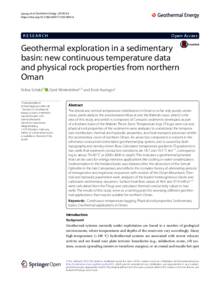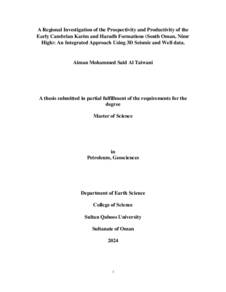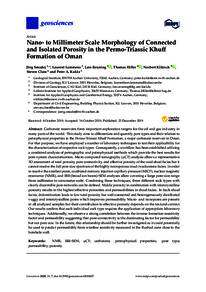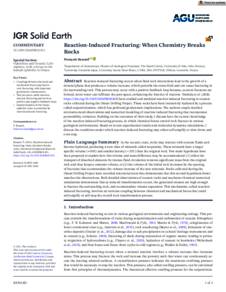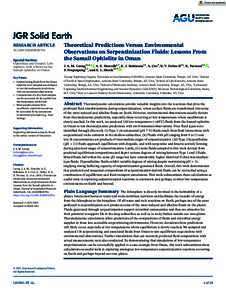وثيقة
Evaluation of different gravimetric methods to moho recovery in Iran.
المعرف
DOI: 10.4401/ag-8054
المصدر
Annals of Geophysics. v. 62, AC10
المساهمون
الدولة
Italy
الناشر
Editrice Compositori s.r.l.
ميلادي
2019-01-01
اللغة
الأنجليزية
الموضوع
الملخص الإنجليزي
The complexity of geological units in Iran because of several unique events like tectonics and orogenic activities in this region led to extensive investigations for Moho recovery by seismic methods therein. In this research, three gravimetric methods have been evaluated by some point-wise seismic data. We applied collocation method as an iterative process as well as modified forms of Sjöberg and Jeffrey’s theory of isostasy for local Moho depth recovery. The gravity data has been generated by GOCO03S model reduced by topography/bathymetry, sediment and consolidated crust effects. Although the iteration process in collocation approach only slightly changed the estimated depths, this method led to a better agreement with seismic data rather than others. Differences between collocation, Jeffrey and Sjöberg’s solutions with seismic studies are similar but Jeffrey and Sjöberg’s methods displayed a systematic bias. The standard deviations of the residuals among seismic data and gravimetric solutions are around 6 km. Overall, the evaluation of these approaches indicated that Moho from gravimetric approaches reduced only slightly the standard deviation of seismic Moho estimates. Significant discrepancies with seismic data have been detected in Makran subduction zone, Oman Sea, Persian Gulf and Caspian Sea. The explanation of such inconsistency can be partially due to the poor quality of CRUST1.0 data in these areas, as this model has been used to correct the gravity values that were input in the inversion procedures.
ISSN
1593-5213
قالب العنصر
مقالات الدوريات

